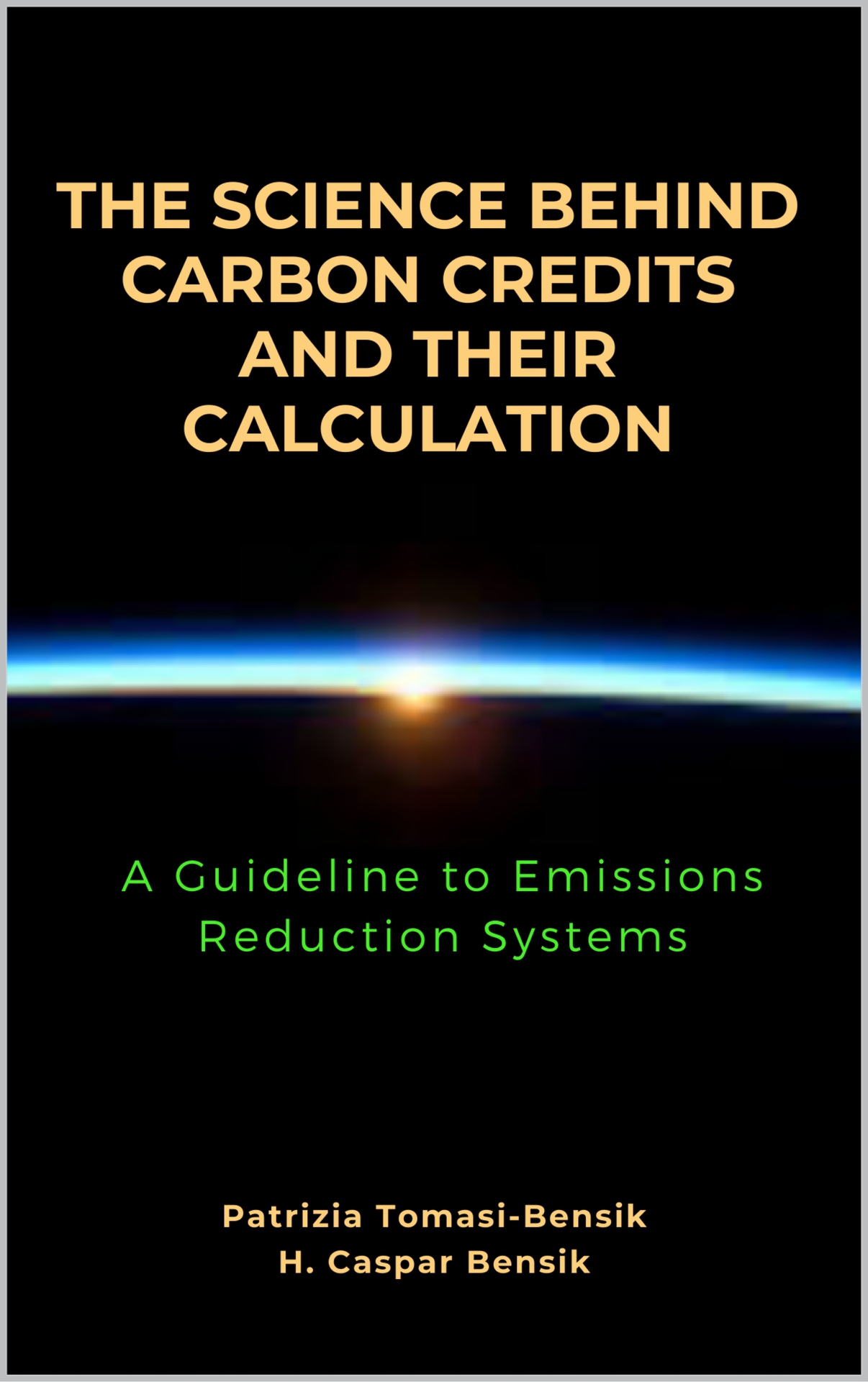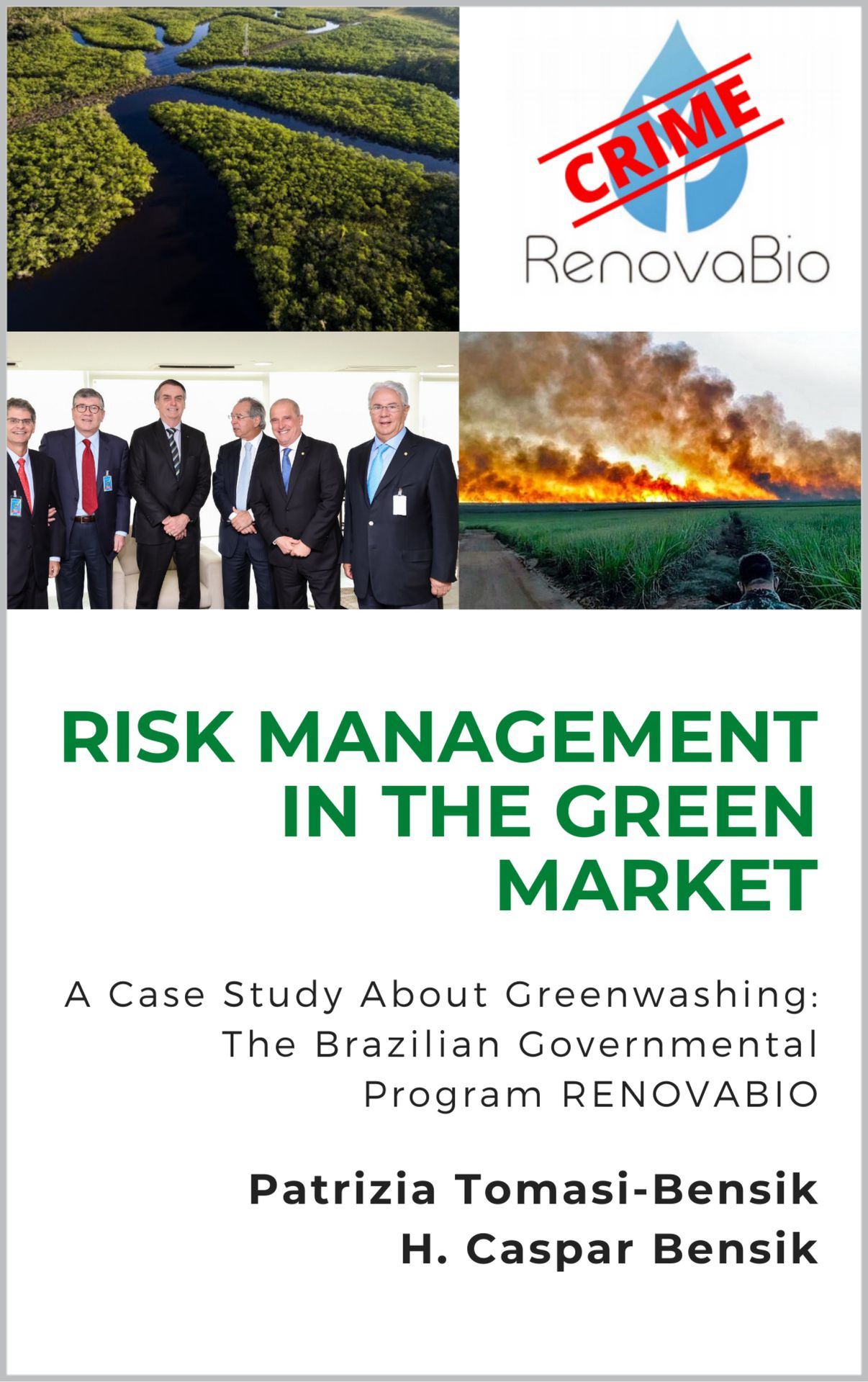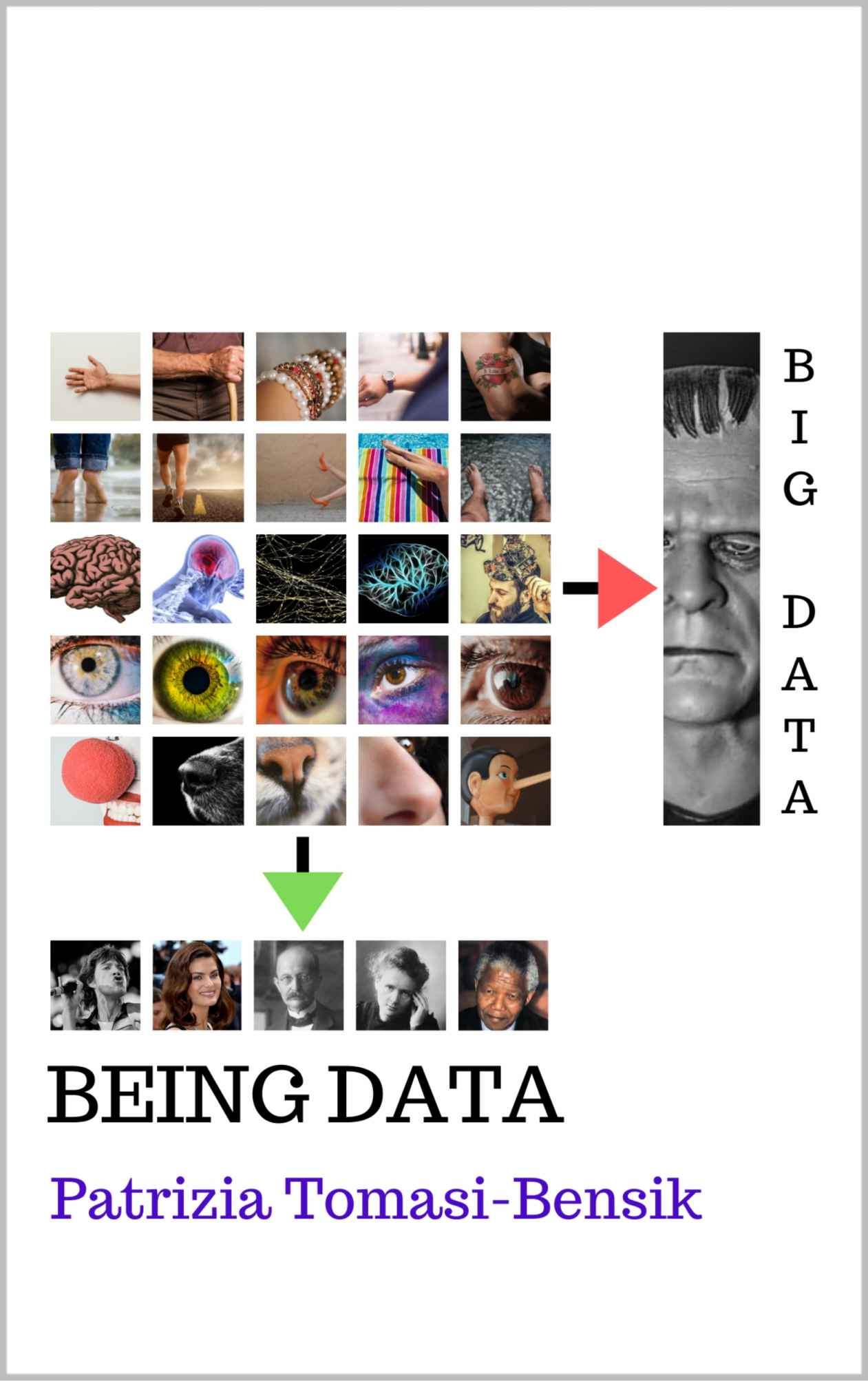Planck E PressCenter Articles
Scientists and Scientists
Date published: 2023-08-14
Date modified: 2023-08-14
Reading time: 00:01:04

“If you want to do bad things, science is the most powerful way to do them.
If you want to do good things, science is the most powerful way to do them.”
Richard Dawkins
As in any human group, there are good scientists and bad scientists. Both are easy to identify. The hard part is dealing with the mediocre homo.
A glaring example? Max Planck and Albert Einstein.
Planck proposed a solution to the ultraviolet catastrophe in 1900. He had the idea in 1898 but spent the next two years trying to prove his theory wrong.
Einstein used Planck's quantum mechanics to prove his Restrict Theory of Relativity in 1905. But when quantum mechanics began to challenge the certainties of his relativistic physics, Einstein did what any mediocre person would do: he denied its existence.
The difference between good and bad science lies in two fundamentals: the scientist's ability to abandon a theory that requires trinkets, no matter how much prestige and visibility it has already gained, and the constant awareness that every theory begins in the imagination.
Take the fifth force, for example.
It begins with Newton and gravity. Then comes Maxwell and electromagnetism. In 1964, Murray Gell-Mann proposed the quark, and from its conception, the other two forces of nature: the strong and weak interactions.
Nothing more natural than the next step was the search for the Theory of Everything, or a scientific model that could relate the four forces of Nature, and this was the most passionate work of the brilliant Stephen Hawking.
Meanwhile, the branch that would lead to the fruit seems to be dry for a long time. What is the solution? Go back to the trunk and try other branches? Surely that would be the most honest and intelligent alternative. But there are scientists and scientists and, not satisfied with the aberration that is the Higgs boson, we will apply another layer of varnish, on this already dry branch.
What if we proposed a fifth force?
With that, we could explain that the Higgs boson is not a fundamental particle (??????), but is made up of other fundamental particles that are connected by a fifth force of Nature that has never been seen before.
Really? Well, we don't have to stop there: what if we connect this fifth force to various exotic particles of matter, including force carriers? How about a dark photon????
One can fully understand the suicide of Socrates that this article illustrates.
Recent Presscenter Articles
-
The Parametrization of Science
-
A Scientific Impossibility
-
The Unsustainable Stability of the Atom
-
The Bell-Curve and the Neutron
Planck E - Books
For further information about Planck E PressCenter, please contact us.
Divulging ingenious solutions
The mission of the Planck E PressCenter is to promote ideas, products and theories that have not yet reached the mainstream, as captured in our first release Eccentrics and their Ingenious Solutions.
Newsletter
Sign up for our weekly Planck E Newsletter, complete with the latest ingenious solutions.
Click here for the signup form.
Submit your ingenious solution
We encourage you to submit your ingenious solution, article, press release or "out of the mainstream" technical idea for publication on the Planck E PressCenter. Please send us an e-mail to presscenter@planck-e.com and enquire how.
To learn more about holistic engineering, solutions inspired by nature, monetization of diseconomies, training courses or the incorporation of Being Data to your day-to-day, please follow us on the social networks.



